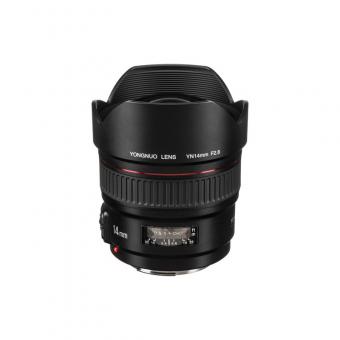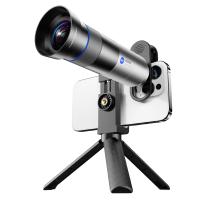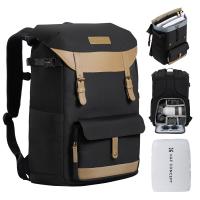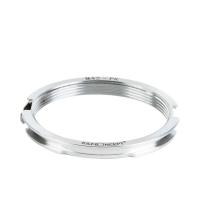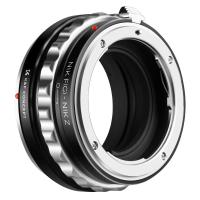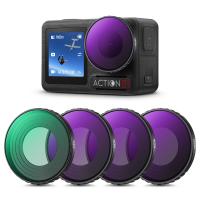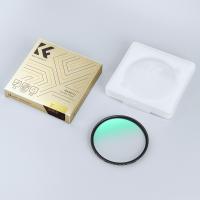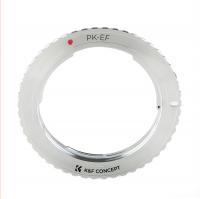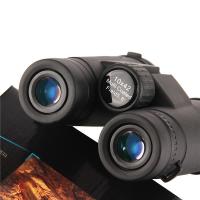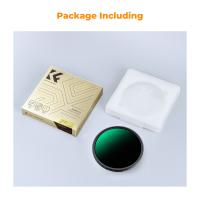What Is A Dslr Digital Camera ?
A DSLR (Digital Single-Lens Reflex) camera is a type of digital camera that uses a mirror and prism system to allow the photographer to see through the lens and capture images. It combines the optics and mechanisms of a traditional single-lens reflex camera with digital imaging technology. DSLR cameras offer a range of manual controls and interchangeable lenses, providing photographers with greater flexibility and creative control over their images. They typically have larger image sensors compared to point-and-shoot cameras, resulting in higher image quality and better low-light performance. DSLRs are widely used by professional photographers and enthusiasts who require advanced features and superior image quality.
1、 Definition and Overview of DSLR Digital Cameras
A DSLR (Digital Single-Lens Reflex) camera is a type of digital camera that uses a mirror and prism system to allow the photographer to view the scene through the lens. This system provides a real-time optical viewfinder, which offers a more accurate representation of the final image compared to other types of digital cameras.
DSLR cameras are known for their versatility and high image quality. They typically feature larger image sensors, which allow for better low-light performance and greater dynamic range. This results in sharper, more detailed images with less noise. DSLRs also offer interchangeable lenses, giving photographers the ability to choose the best lens for each specific situation, whether it be wide-angle, telephoto, or macro photography.
One of the main advantages of DSLR cameras is their ability to capture fast-moving subjects with precision. They have advanced autofocus systems that can track subjects and maintain focus even in challenging conditions. DSLRs also offer a wide range of manual controls, allowing photographers to have full creative control over their images.
In recent years, DSLR cameras have faced competition from mirrorless cameras, which offer similar image quality and versatility in a smaller and lighter package. However, DSLRs still have a strong following among professional photographers and enthusiasts who value the traditional handling and performance of these cameras.
Overall, a DSLR digital camera is a powerful tool for capturing high-quality images with flexibility and control. It continues to be a popular choice for photographers who prioritize image quality and versatility in their work.

2、 Key Features and Components of DSLR Digital Cameras
A DSLR (Digital Single-Lens Reflex) camera is a type of digital camera that uses a mirror and prism system to allow the photographer to see through the lens and capture images in real-time. It combines the convenience and flexibility of digital photography with the advanced features and image quality of traditional film cameras.
One of the key features of a DSLR camera is its interchangeable lens system. This allows photographers to use different lenses for various types of photography, such as wide-angle lenses for landscapes, telephoto lenses for wildlife or sports photography, and macro lenses for close-up shots. This versatility gives photographers the ability to capture a wide range of subjects with different perspectives and focal lengths.
Another important component of a DSLR camera is its image sensor. DSLRs typically have larger image sensors compared to compact digital cameras, which results in better image quality, especially in low-light conditions. The latest DSLR cameras often feature high-resolution sensors, allowing for detailed and sharp images.
DSLR cameras also offer manual control over various settings, such as aperture, shutter speed, and ISO sensitivity. This gives photographers full creative control over their images and allows them to experiment with different exposure settings to achieve the desired effect.
Additionally, DSLR cameras usually have a fast autofocus system, which is crucial for capturing fast-moving subjects accurately. They also offer a range of shooting modes, including continuous shooting mode for capturing a series of images in quick succession.
In recent years, DSLR cameras have also incorporated advanced features such as built-in Wi-Fi and Bluetooth connectivity, allowing for easy sharing and transferring of images to other devices. Some models even offer touchscreen displays and 4K video recording capabilities.
Overall, DSLR cameras are highly versatile tools that offer excellent image quality, manual control, and a wide range of creative possibilities. They are favored by professional photographers and enthusiasts who value the ability to capture high-quality images in various shooting conditions.
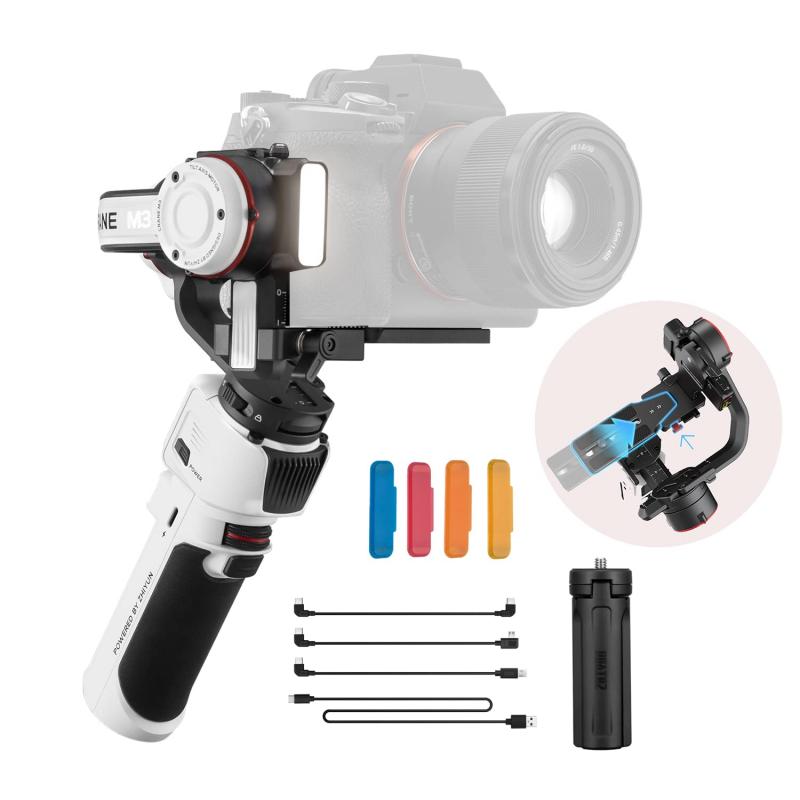
3、 Advantages and Disadvantages of DSLR Digital Cameras
A DSLR (Digital Single-Lens Reflex) camera is a type of digital camera that uses a mirror and prism system to allow the photographer to see through the lens and capture images. It combines the optics and mechanisms of a traditional SLR camera with the convenience and capabilities of digital technology.
Advantages of DSLR Digital Cameras:
1. Image Quality: DSLRs offer superior image quality due to their larger image sensors, which capture more light and detail, resulting in sharper and more vibrant images.
2. Interchangeable Lenses: DSLRs allow for the use of different lenses, providing versatility and the ability to capture a wide range of subjects, from wide-angle landscapes to telephoto wildlife shots.
3. Manual Controls: DSLRs offer extensive manual controls, allowing photographers to have full control over settings such as aperture, shutter speed, and ISO, resulting in more creative control and better exposure.
4. Speed and Performance: DSLRs have fast autofocus systems, rapid burst shooting capabilities, and minimal shutter lag, making them ideal for capturing fast-moving subjects or sports events.
5. Optical Viewfinder: DSLRs feature an optical viewfinder that provides a clear and real-time view of the scene, allowing for better composition and framing.
Disadvantages of DSLR Digital Cameras:
1. Size and Weight: DSLRs are generally larger and heavier than other types of cameras, making them less portable and more cumbersome to carry around.
2. Cost: DSLRs tend to be more expensive than point-and-shoot or mirrorless cameras, especially when factoring in the cost of additional lenses and accessories.
3. Learning Curve: DSLRs have a steeper learning curve, as they offer a wide range of manual controls and settings that may be overwhelming for beginners.
4. Noise: DSLRs can produce more noise at higher ISO settings, resulting in grainy images in low-light conditions.
5. Video Capability: While DSLRs have improved their video capabilities in recent years, they still lag behind dedicated video cameras or mirrorless cameras in terms of features and autofocus performance.
In conclusion, DSLR digital cameras offer excellent image quality, versatility, and manual control, making them a popular choice among professional photographers and enthusiasts. However, they come with some drawbacks such as size, cost, and a steeper learning curve. It's important to consider your specific needs and preferences before investing in a DSLR camera, as there are now other options available, such as mirrorless cameras, that offer similar image quality and features in a more compact and lightweight package.
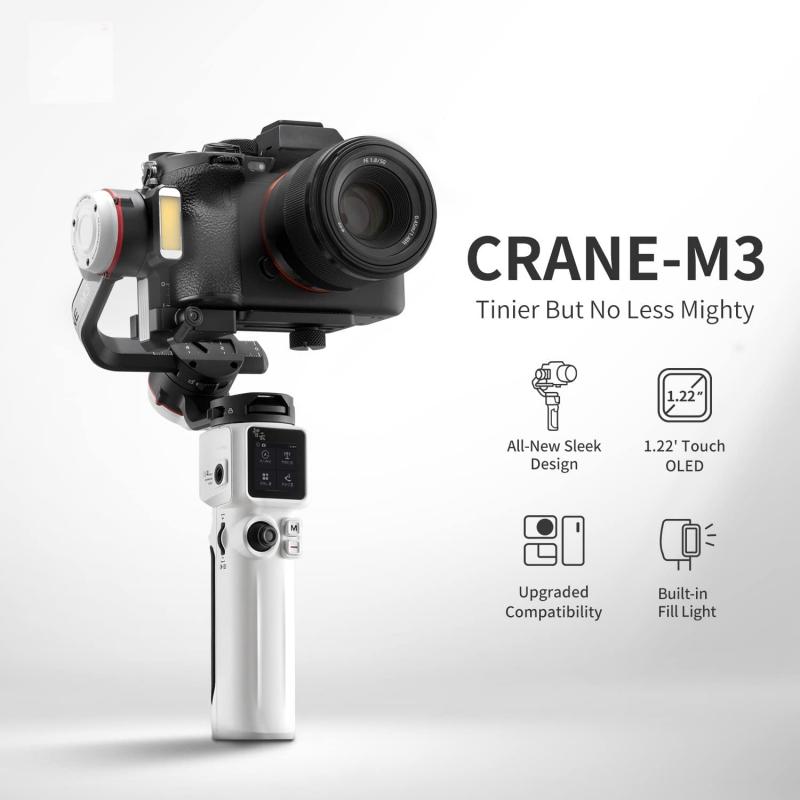
4、 Understanding DSLR Camera Lenses and Interchangeability
A DSLR (Digital Single-Lens Reflex) camera is a type of digital camera that uses a mirror and prism system to allow the photographer to see through the lens and capture images in real-time. This design provides a more accurate representation of what the final image will look like compared to other types of digital cameras.
One of the key features of a DSLR camera is its lens interchangeability. This means that photographers can use different lenses to achieve different effects and capture a wide range of subjects. DSLR lenses come in various focal lengths, allowing photographers to shoot wide-angle landscapes, telephoto wildlife shots, or macro close-ups, among other possibilities. The ability to change lenses gives photographers more creative control and flexibility in their photography.
In recent years, DSLR cameras have faced competition from mirrorless cameras, which offer similar image quality and interchangeable lenses but in a smaller and lighter form factor. Mirrorless cameras use electronic viewfinders instead of the optical viewfinders found in DSLRs. This has led to a debate among photographers about which type of camera is better.
However, DSLR cameras still have their advantages. They often have longer battery life, faster autofocus systems, and a wider range of lens options. Additionally, many professional photographers still prefer the ergonomics and handling of DSLR cameras.
In conclusion, a DSLR digital camera is a versatile tool that allows photographers to capture high-quality images with the ability to change lenses. While mirrorless cameras have gained popularity in recent years, DSLRs still offer unique advantages and remain a popular choice among photographers.










